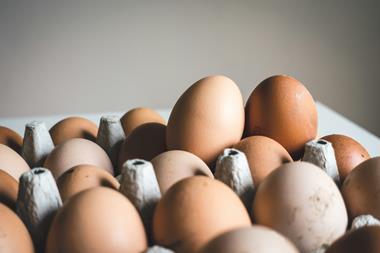
By Matt Chittock matt.chittocknew@googlemail.com
Publishing: 27 May 2023
Advertising deadline: 12 May 2023
Submissions deadline: 5 May 2023
After months of inflation has had farmers tearing their hair out, it looks as though the costs of dairy may finally be levelling off. Milk prices in retail are falling from stratospheric highs, though they are still up considerably on a year ago. That’s potentially good news for butters and spreads, where prices are up a fifth or more on a year ago, according to Kantar. As dairy costs fall again, some may dare to speculate that it may bring spread prices down too. So how likely is it that prices fall again in butters and spreads? How will the category reconfigure itself in retail after a year of sharp inflation? And how could volatility continue to disrupt dairy supplies and the price of spreads?
Price falls: With milk prices falling in retail, there’s evidence that something similar could happen in spreads after a year of huge inflation. How are things likely to shake out?
Ranging: Retailers have had to adjust their offerings in stores as many shoppers sought to trade down to cheaper lines and own label products. How will a reversal of price increases change retailers’ strategies?
Supply volatility: While a reduction in input costs will be seen as a good thing by many, gaps in expectations between different parties in the supply chain offer ample scope for more supply disruption and price volatility. What are the risks and how can they be mitigated?
Non-dairy: Sunflower spreads have soared in price even faster than their dairy counterparts, largely due to the war in Ukraine. How will non-dairy spreads adapt to shifts in pricing?
Downloads
FO butters and spreads brief 2023
PDF, Size 0.1 mb













No comments yet